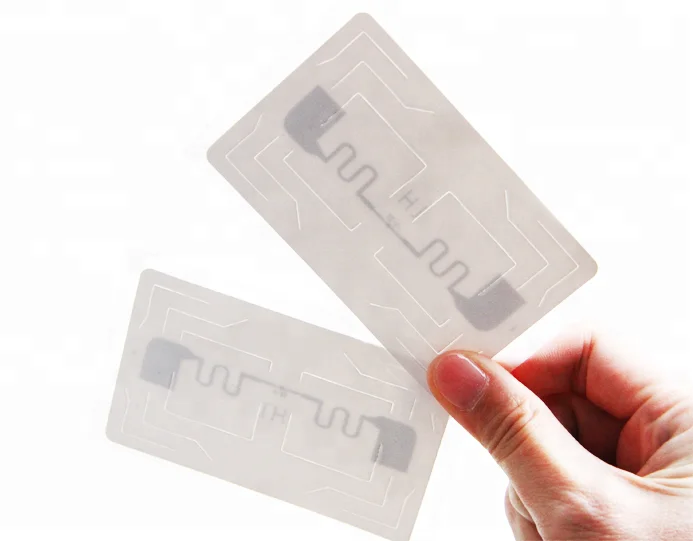

To make sure that cloning can’t happen, it’s important that the access control system verifies if both numbers are a valid combination.Ĭritical note: at the discretion of the chip manufacturers the TID values are locked. The reader must be configured to read both the EPC and TID numbers. The TID value is programmed and locked by the chip manufacturer and cannot be cross-copied into another tag. Nedap’s UHF tags support a locked serialized TID. To reduce the security risks and to prevent cloning from taking place, there are several security measures that you can take into account. Which security measures are possible to prevent cloning?
#UHF RFID TAGS PASSWORD#
The destructive password permanently deactivates the tag (very rarely used), and the access password is set to block and unblock the tag’s recording capabilities. Reserved Memory – Memory bank for storing the access password and a kill password.It’s an optional part, not necessary and only for general purpose. This can be used if the user needs more memory than available in the EPC memory bank. This part of the memory cannot be changed.
#UHF RFID TAGS SERIAL#
The TID memory contains chip manufacturer data and an unique serial number. This memory provides overwrite protection.
#UHF RFID TAGS CODE#
The EPC code is most often used as the unique identifier of the tag. EPC memory stores the EPC code or electronic product code. UHF tag memoryīefore we discuss the security measures to prevent cloning, it is important to know that all UHF EPC Gen 2 compliant RFID tags consist of four tag-memory banks: Therefore, it is necessary to add security measures to prevent tag cloning. For example for access control, this means that you can gain access to a gate in someone else’s name. This makes the tags vulnerable to cloning and counterfeiting attacks. The EPC number cannot be changed, but can be copied into a new empty unprogrammed tag. This is unprotected and anyone can read the EPC. This works as follows: The tag emits its Electronic Product Code (EPC) number in plain text. However, the difference with the supply chain is that the security aspect is an important part for using UHF technology for parking and access control. The long read range and low tag price makes UHF RFID a popular choice for other applications, like parking and (vehicle) access control. Security risks of UHF for vehicle access control This manner was so relevant that many of the biggest retailers in the world are using UHF technology to track their goods. The major requirements were to track goods with tags that are simple and low-cost. The UHF tags were introduced as a possible successor to product barcodes. Tracking of goods with UHF technologyĭecades ago, UHF technology has been developed for tracking of goods in the supply chain sector. What are the security risks of UHF for vehicle access control and which security measures are possible to prevent cloning? We tell you more in this article. However for these applications, security requirements for UHF tags are very important to avoid cloning. While UHF technology was primarily used for tracking goods in the supply chain in the simplest and most cost-effective way possible, it is now also widely used in access control and parking applications. UHF is an automatic wireless communication technology that allows you to read data from a long distance. Ultra High Frequency (UHF) is a popular form of RFID technology.


 0 kommentar(er)
0 kommentar(er)
